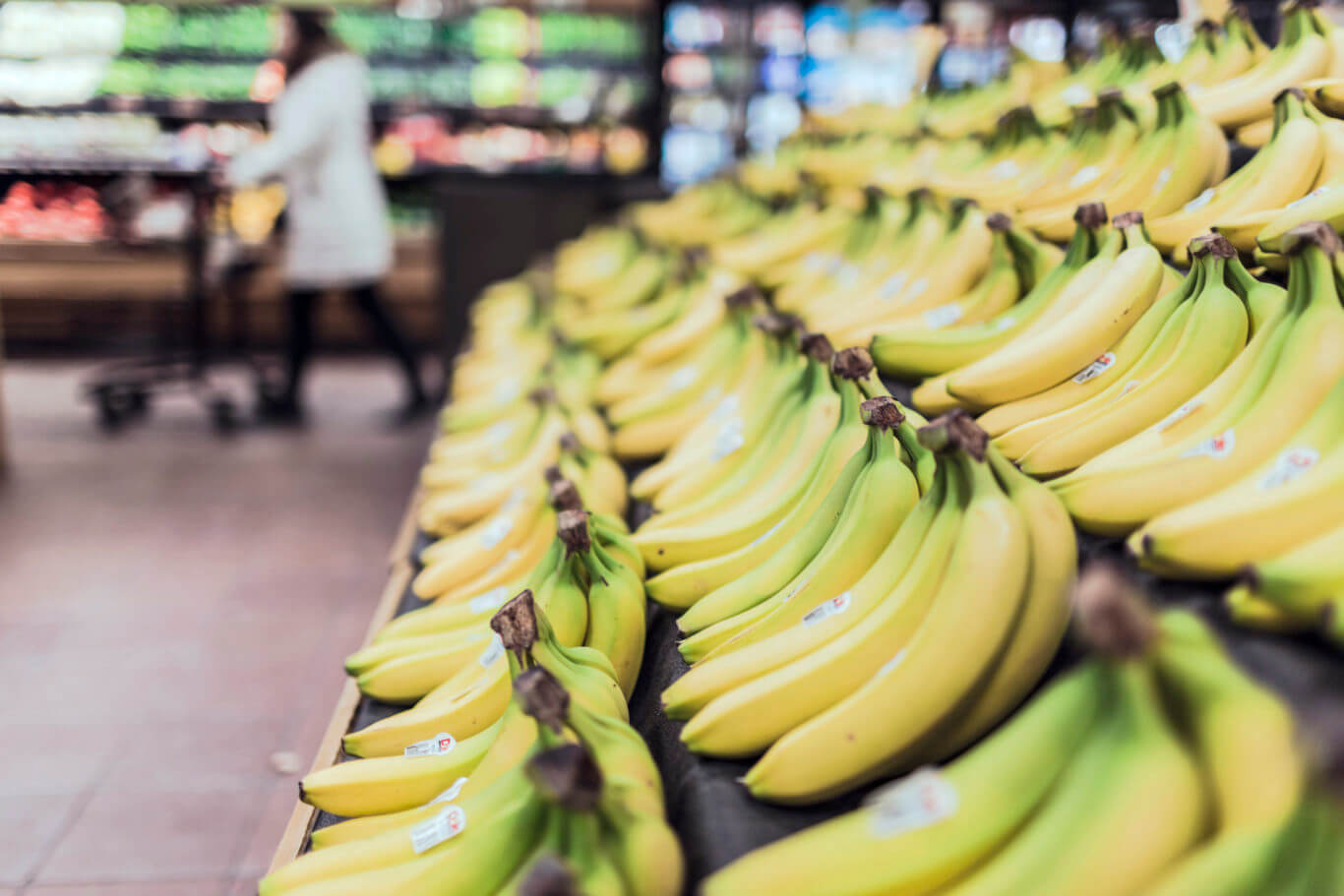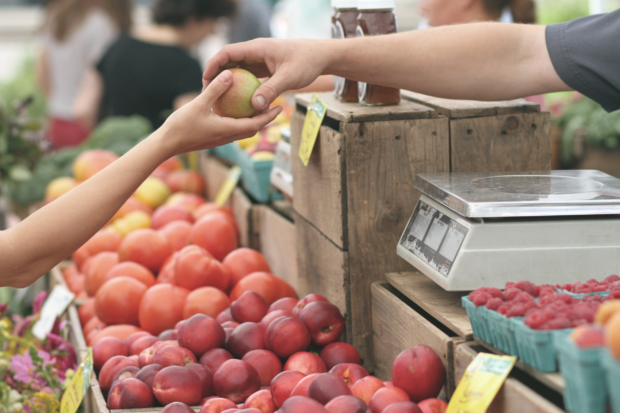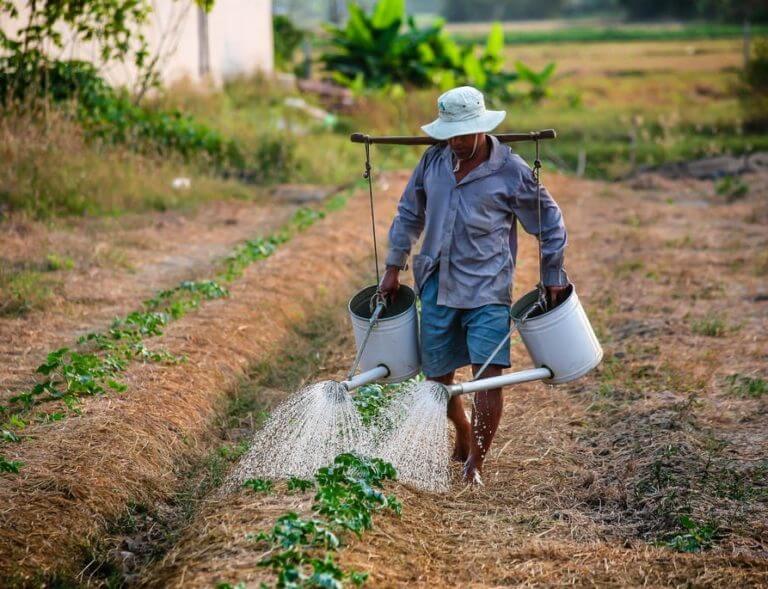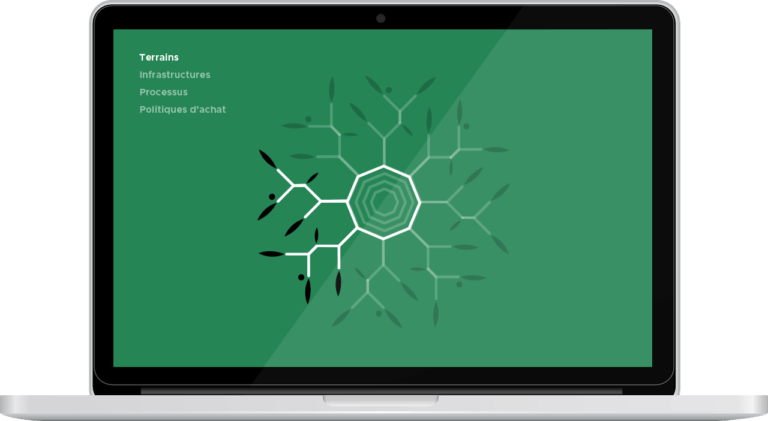
Everything can change with the introduction of one illegal exotic species!
The new awareness campaign for travellers
See more
Human activities are linked to biodiversity and the services it gives us, either directly or indirectly. We are constantly interacting with biodiversity, even if we do not live in the countryside. We enjoy the products and benefits of this biodiversity and sometimes of very distant ecosystems. This means that our actions and behaviours can also have an impact on these ecosystems, whether near or far.

Citizens can obviously make day-to-day choices that will help to preserve biodiversity. But it is extremely complex! It is clear that businesses and the authorities must also take actions.
This is what we call “co-responsibility”.



As citizens, we live with biodiversity every day. In fact, we are this biodiversity. We are constantly interacting with it, whether through our clothes, our food, our lifestyle, our well-being or our homes.

There are many simple actions we can take every day to respect this biodiversity and choose “co-responsible” consumption practices.
Biodiversity is essential for the activity of businesses (directly or indirectly). Firstly, where they are located, as this location will have abundant biodiversity. But they also use this biodiversity in their infrastructures and their production or operating processes, through their procurement policies, etc. All these actions have an impact on biodiversity and the ecosystem services.

Businesses can introduce measures to allow more sustainable production and consumption methods. Areas to explore include the search for a more biodiversity-friendly sourcing of products and materials and the reduction and reuse of waste in the production cycle (“circular economy”).
There are a number of advantages in moving towards a more sustainable economy, particularly in sectors intended to reduce environmental damage.





Within the European Union, 14.6 million jobs are dedicated to (directly and indirectly) protecting biodiversity and replenishing natural resources such as forests.

The State is committed to defending, maintaining and even replenishing Belgian and international biodiversity and to combating the threats against it, through its National Biodiversity Strategy.
In the Flemish Region, the INTERREG 2B Connect project aims to develop land and buildings in a series of pilot schemes, and to create a network of consultants specialised in supporting businesses. It includes a biodiversity review tool developed by the Province of Antwerp: the BIODIVA SCAN.
In the Brussels Capital Region, the Guide bâtiment durable (Sustainable building guide) and the “Resilience Design” Eco-innovation Toolkit for SMEs help Brussels organisations to take the environment into account, particularly biodiversity.
In the Walloon Region, the Réseau Wallonie Nature (Wallonia Nature Network) and “Entreprises Nature Admise” have adopted specific charters with volunteer businesses.

In launching the “#BeBiodiversity” campaign, the State is demonstrating its desire to move up a gear. The ambition on the one hand, is to give citizens-consumers the means to choose more biodiversity-friendly products and producers and, on the other hand, to inform businesses and help them take voluntary steps to preserve biodiversity and ecosystem services.

This decision-making tool is currently being built. The challenge is to create a scientifically validated approach to help businesses and public organisations quickly assess the impact of different land-based organic raw materials on biodiversity and make the best possible choices with regard to the preservation of this biodiversity.
Pilot schemes will support this process and will be showcased in communications about the project.

The FPS Public Health, Food Chain Safety and Environment, in collaboration with the Belgian regional authorities, has launched a major project to help businesses and public organisations take actions to promote biodiversity.
The online tool BiodiversiTree, developed in collaboration with pioneering companies, proposes practical actions to further integrate biodiversity into the processes of businesses and organisations. These actions focus on four areas of intervention: land, infrastructure, sourcing and processes.
Click here to find out more about this decision-making tool. Click here to find out more about this decision-making tool.
We are working with volunteer businesses to create our tools, to ensure they are relevant and effective. These partner businesses enjoy free expert advice and the support of our team in implementing these tools, whilst ensuring that they are suitable for their role. The businesses that work with us on this ambitious biodiversity project are our “pioneering businesses”.
Click here to find out more about these pioneering businesses Click here to find out more about these pioneering businessesThe new awareness campaign for travellers
See moreA silent invasion: invasive alien species Red-vented bulbul, Egyptian goose, Amur sleeper, broomsedge bluestem, these names probably do not mean anything to you… Still, they are among the 88 invasive alien species of animals and plants that are regulated by the European Union. Despite of their pleasant names, those species represent an important threat to our biodiversity and the ecosystems which we live in.
See moreThe world of fashion, with its big names, its catwalks and its designers, is still a dream. This sector remains associated with seduction, beauty and creativity. And yet, the other side of the picture is gloomier. The industry is increasingly criticised for its environmental impacts and unacceptable working conditions. Overconsumption and large-scale pollution make the textile sector one of the most polluting in the world.
See moreOur food choices have significant effects on biodiversity and ecosystems, but also on our health. Among other things, intensive meat production is responsible for the destruction of many ecosystems around the world and excessive meat consumption is a source of various diseases. Yet demand is growing on an increasingly populated planet with limited natural resources. As individuals, do we have a role to play in mitigating this trend in a globalised world? The answer is yes!
See moreDid you know that, in the European Union, the food industry is the main cause of environmental damage, followed by housing and mobility?[1] Although many consumers are aware of this, we tend to underestimate the effects of our eating habits on the environment.[2] While this is not good news, it does mean that our choices can make a real difference. But can we really protect biodiversity at mealtimes?
See moreEvery year thousands of turtles return to their birthplace on the beaches of the South Pacific to lay their eggs. These include the Olive Ridley, Pacific Leatherback and Hawksbill turtles. While their grace, agility and speed delight and surprise at sea, on the beaches they are slow and vulnerable. Some species take 20 years to reach their reproductive age.
See more